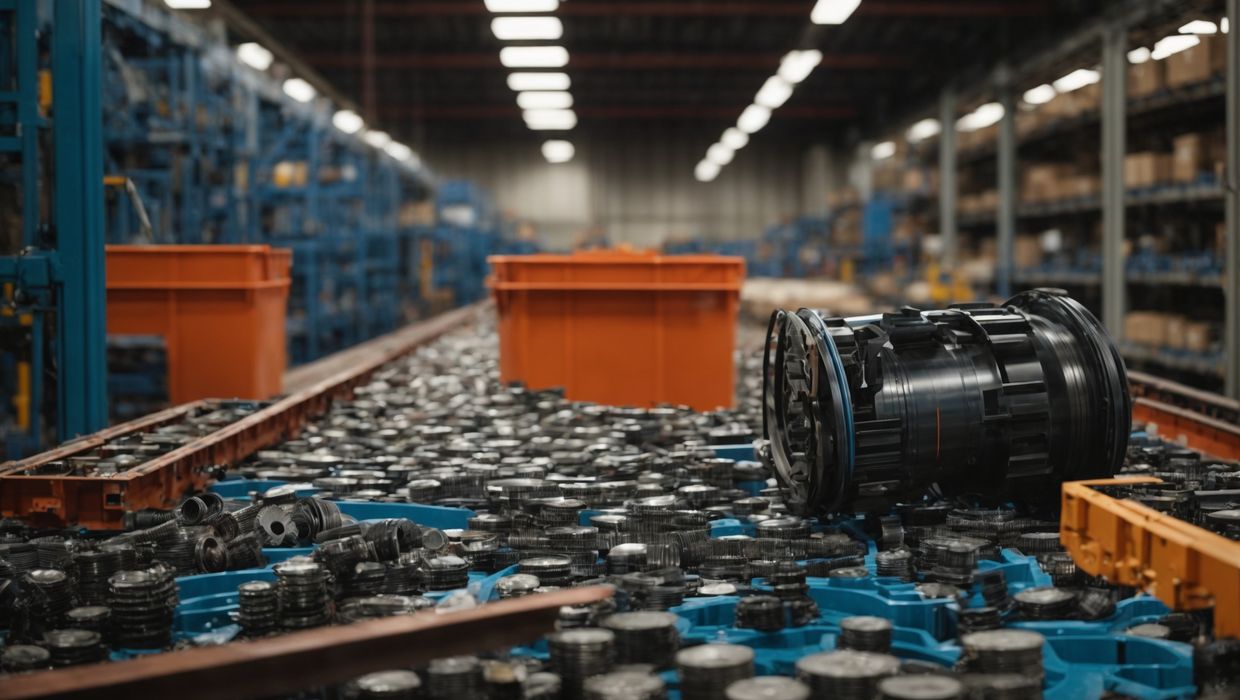
There’s an elastomeric twist to the digital inventory concept I hadn’t heard previously.
Digital inventory is the concept of moving from a physical inventory of spare parts to an on-demand digital equivalent. It’s a key application for 3D printing going forward because the “on demand” part is served by that technology.
Normally it takes considerable time to set up a production line to make a given part. Because of that expense, the normal practice is to run the line a bit longer to produce a quantity of spare parts. Afterwards the production line can be taken down and rebuilt for other parts.
That practice has been used for decades, but it has two big drawbacks: you can’t know how many spare parts to build, particularly for parts that have very long lifespans. For example, a wall panel for a railway car might be in service for 50 years. Or maybe 30. In any case, the manufacturer will have to make enough parts for a reasonable length of time.
That leads to the second disadvantage: where are these parts kept? The answer is in warehouses. Many warehouses. Warehouses that must be paid for, staffed and administered. All of the costs a great deal of money. Even when the parts are actually used, they must be shipped to the requestor.
The result is that we have countless warehouses of spare parts all over the world. Each contains parts that await a call from someone, somewhere, that may never come. In some cases the spare parts are never used before the system is declared obsolete or unsupported. The physical inventory approach can be incredibly wasteful.
Currently there are multiple initiatives taking place in many manufacturing companies to implement digital inventories. These will reduce the number of warehouses and associated costs. However, it’s usually an enormous job to complete, as companies might have over 100,000 parts to manage.
I recently heard of one company working on digital inventory that’s focusing on elastomeric spare parts. It was then I learned something quite interesting: elastomers don’t last very long.
In fact, parts made from elastomer materials generally have to be replaced every three years or so. This makes sense, as everyday experience with flexible items shows that they do tend to age and become less flexible.
The implication is that for this type of spare part, not only must you expensively store them in a warehouse, but you must also re-make them every three years!
Now imagine a warehouse that stores an elastomeric part for 50 years: the set of spares would be rebuilt perhaps 17 times. That’s an incredible expense, and explains why some companies are first focusing on elastomeric parts. They are perhaps the most expensive type of spare part.
By moving them to a digital inventory you need only make units when required, on demand using 3D printing.
Fortunately, we now have many ways to produce elastomers on today’s 3D printers.
